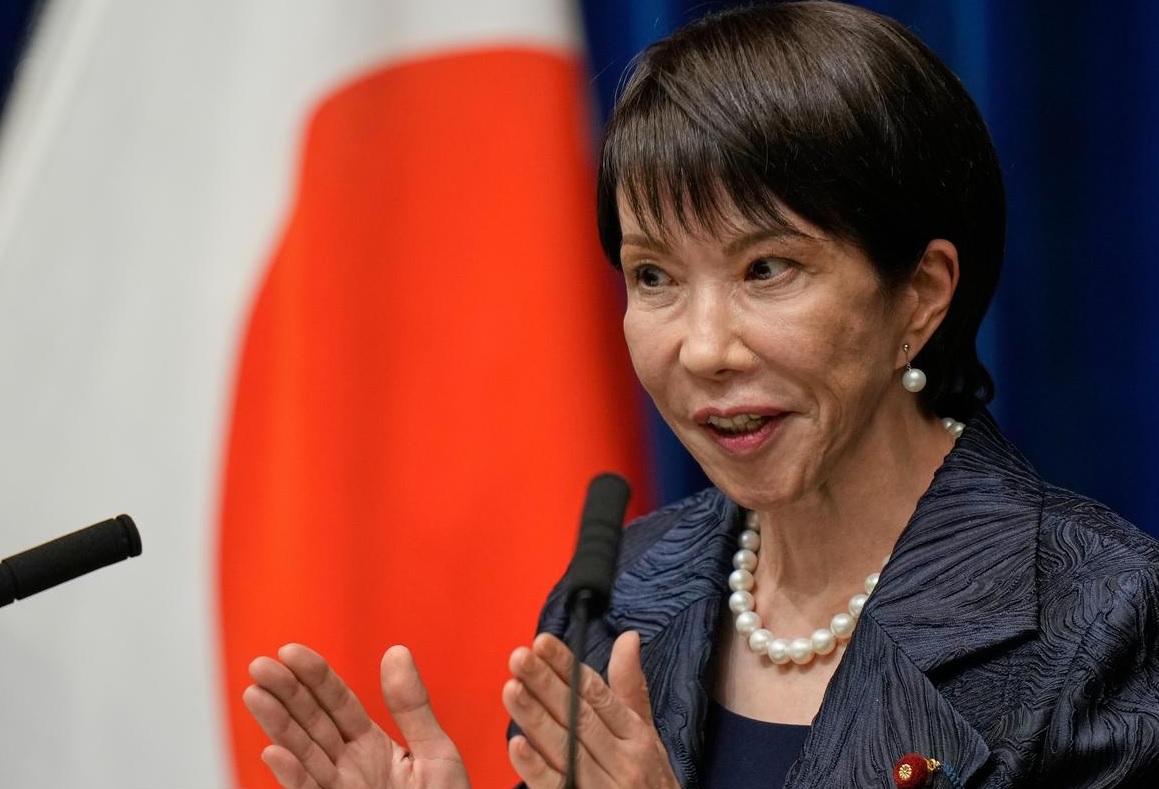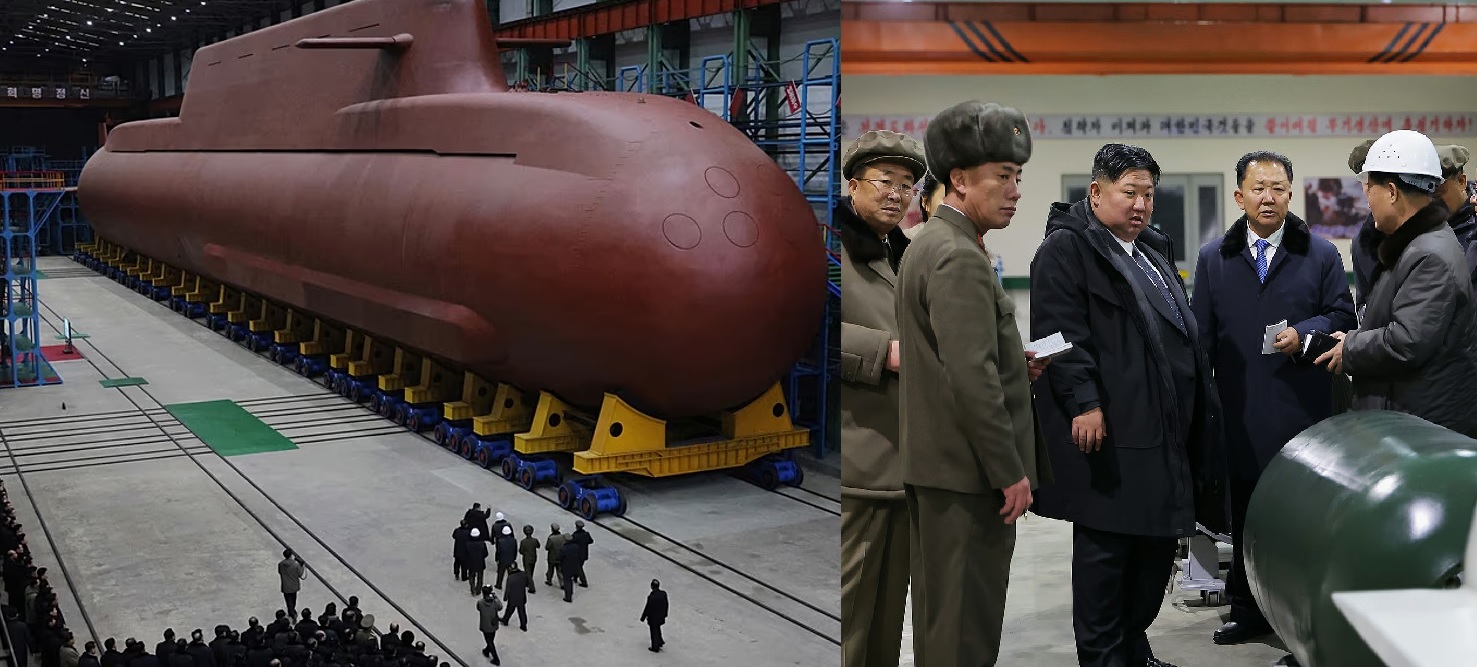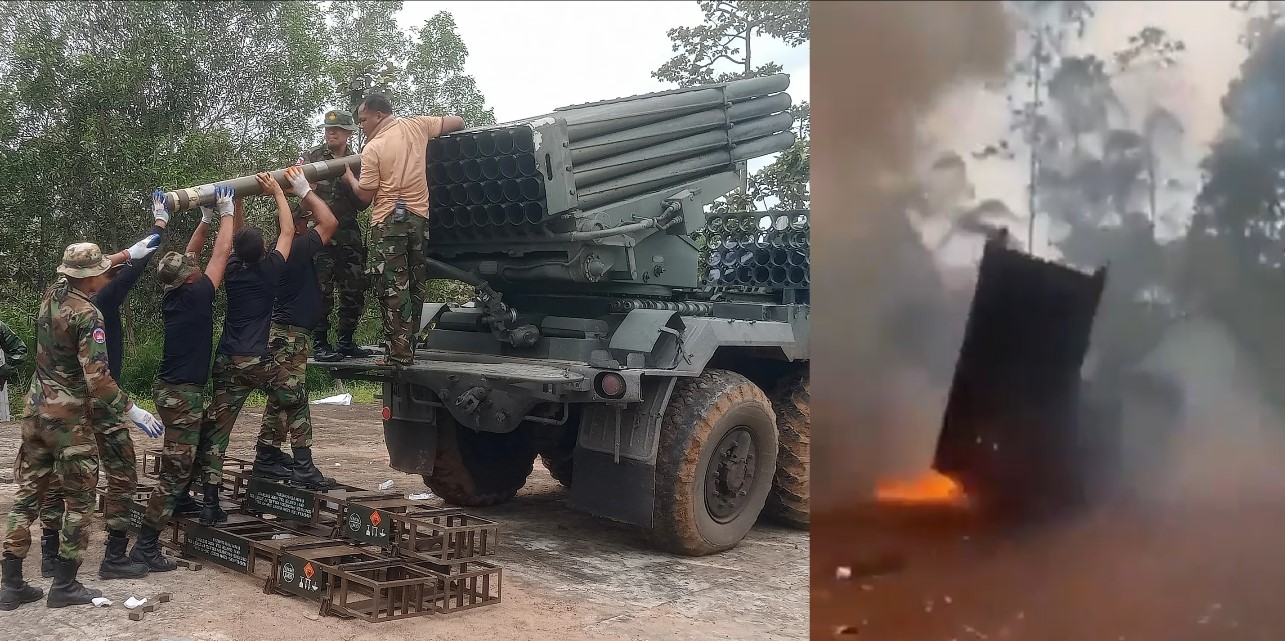China Expands Missile Production on Massive Scale Since 2020, CNN Reveals Massive Build-Up Across 136 Sites

A new CNN investigation has unveiled one of the most sweeping military infrastructure expansions in modern history. Since 2020, China has dramatically increased construction at more than 60% of its 136 known facilities tied to missile production and the People’s Liberation Army Rocket Force (PLARF). Satellite analysis shows over 21 million square feet of new buildings — an area roughly the size of 400 football fields — signaling an unprecedented surge in Beijing’s missile manufacturing capacity.
The findings point to a broad and coordinated national effort to boost China’s ability to produce, test, and deploy advanced missiles at a pace that could reshape global security dynamics. Many of the new structures are consistent with weapons development, testing centers, and underground bunkers, while missile components are visible at some sites, confirming the military nature of the construction.
The Great Expansion of China’s Missile Industry
Across China’s industrial landscape, once-quiet sites have transformed into sprawling complexes surrounded by high-security fencing, blast barriers, and multi-level manufacturing halls. According to imagery reviewed by CNN and independent analysts, the majority of these facilities are linked to the China Aerospace Science and Industry Corporation (CASIC) and China Aerospace Science and Technology Corporation (CASC) — two of the country’s largest missile and space enterprises.
At several major sites near Beijing, Inner Mongolia, and Anhui, new warehouses and hardened shelters have appeared since 2021. Some are believed to produce components for solid-fuel ballistic missiles such as the DF-26, while others seem designed for hypersonic glide vehicle testing.
One analyst quoted in the report described the expansion as “industrial-scale mobilization,” noting that China is now capable of producing short-, medium-, and intermediate-range missiles at rates comparable to Cold War-era U.S. output levels.
Post-Ukraine Acceleration: Lessons From Modern War
The timeline of China’s missile buildup aligns closely with geopolitical events. Following Russia’s full-scale invasion of Ukraine in early 2022, Beijing’s construction at missile-related sites accelerated sharply. Satellite imagery shows the number of new buildings rising almost twice as fast from 2022 to 2024 compared to the pre-war period.
This pattern reflects a growing recognition in Beijing that modern high-intensity warfare requires massive missile stockpiles. The Russia-Ukraine conflict has demonstrated the critical role of precision strikes, long-range fires, and the exhaustion of munitions in sustained campaigns.
China’s leadership, according to Western intelligence assessments, appears determined to ensure the PLA is never caught short of munitions in a potential future conflict — particularly one involving Taiwan or a clash with U.S. forces in the Western Pacific.
Expanding the Nuclear Dimension
While much of the new construction supports conventional missile programs, the nuclear component of China’s arsenal is expanding rapidly as well. U.S. defense officials estimate that China is adding around 100 nuclear warheads each year, bringing its total stockpile to over 600 operational warheads — a figure that could exceed 1,000 by 2030.
New missile silos discovered in Xinjiang and Gansu provinces point to a transition toward a launch-ready nuclear posture, mirroring the deterrence model once used by the United States and Soviet Union. Combined with rapid industrial output, these developments suggest that China aims to narrow the nuclear gap with Washington and Moscow while maintaining a credible second-strike capability.
The PLA Rocket Force’s Expanding Role
The People’s Liberation Army Rocket Force (PLARF) — once a relatively obscure branch — is now at the center of China’s defense modernization strategy. Its growing network of bases, production facilities, and command centers reflects its dual mandate: to provide both conventional precision-strike power and nuclear deterrence.
Recent reports indicate that China’s DF-17 hypersonic missile and DF-41 intercontinental ballistic missile (ICBM) are now entering serial production. These systems offer extended range, faster deployment times, and greater survivability, especially when paired with the new infrastructure revealed in the CNN analysis.
Strategic Implications: The Dawn of an Industrial Arms Race
The scale of China’s expansion has raised alarm across Asia and in Washington. Analysts say the developments mark a transition from incremental modernization to industrial militarization — where the volume of production becomes as important as the sophistication of technology.
For the United States, this trend poses new strategic dilemmas. Even with its advanced missile defenses and stockpiles, Washington now faces a rival capable of sustained mass production in a protracted conflict. In the Indo-Pacific, allies such as Japan, South Korea, and Taiwan are reassessing their missile defense and deterrence strategies in light of China’s new capacity.
India too, observers note, is watching closely. The expansion of missile production facilities — particularly those capable of manufacturing intermediate-range systems — affects the regional balance of power and adds urgency to India’s own missile modernization efforts.
An Era of Endless Expansion
Though China still trails the United States and Russia in total nuclear numbers, the trajectory of its missile buildup is steep and sustained. Experts say the country’s current pace of construction suggests a long-term plan extending well into the 2030s, when the PLARF could reach levels of industrial readiness unseen outside major superpower conflicts.
The new facilities — sprawling over millions of square feet — are not just signs of modernization. They are part of a deliberate strategy to ensure industrial resilience, allowing China to replenish its missile inventory rapidly during wartime.
As one defense researcher summarized:
“China is preparing not just for deterrence, but for the logistics of a long war. That changes everything.”
✍️ This article is written by the team of The Defense News.






